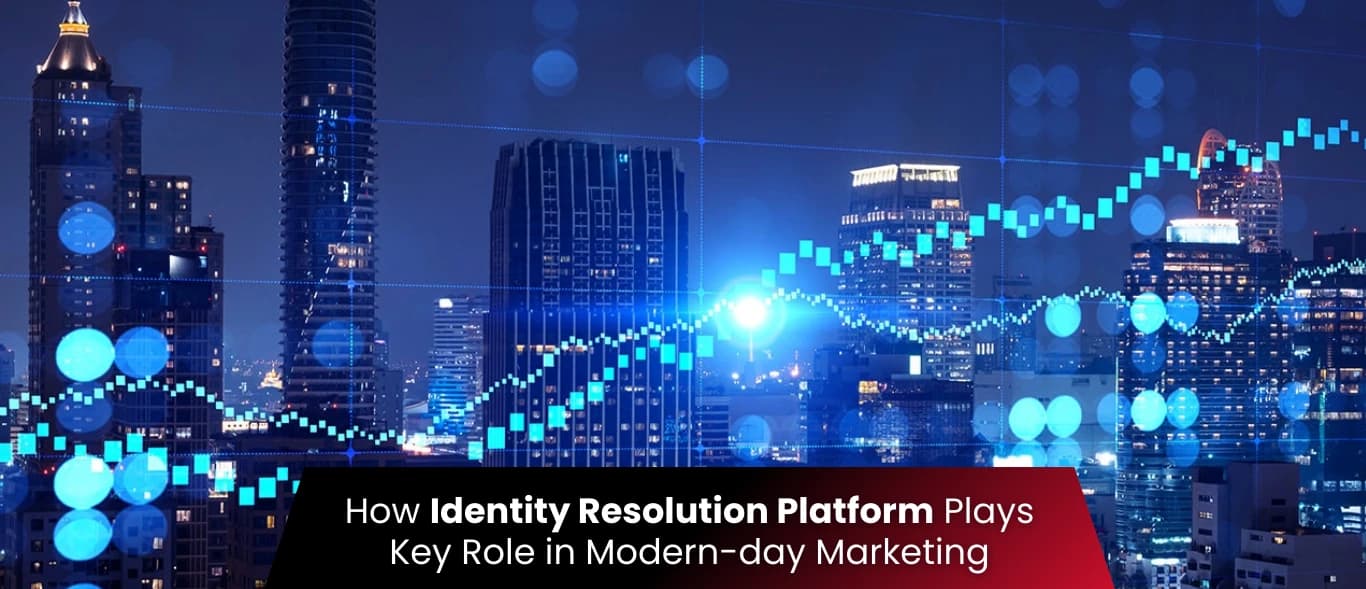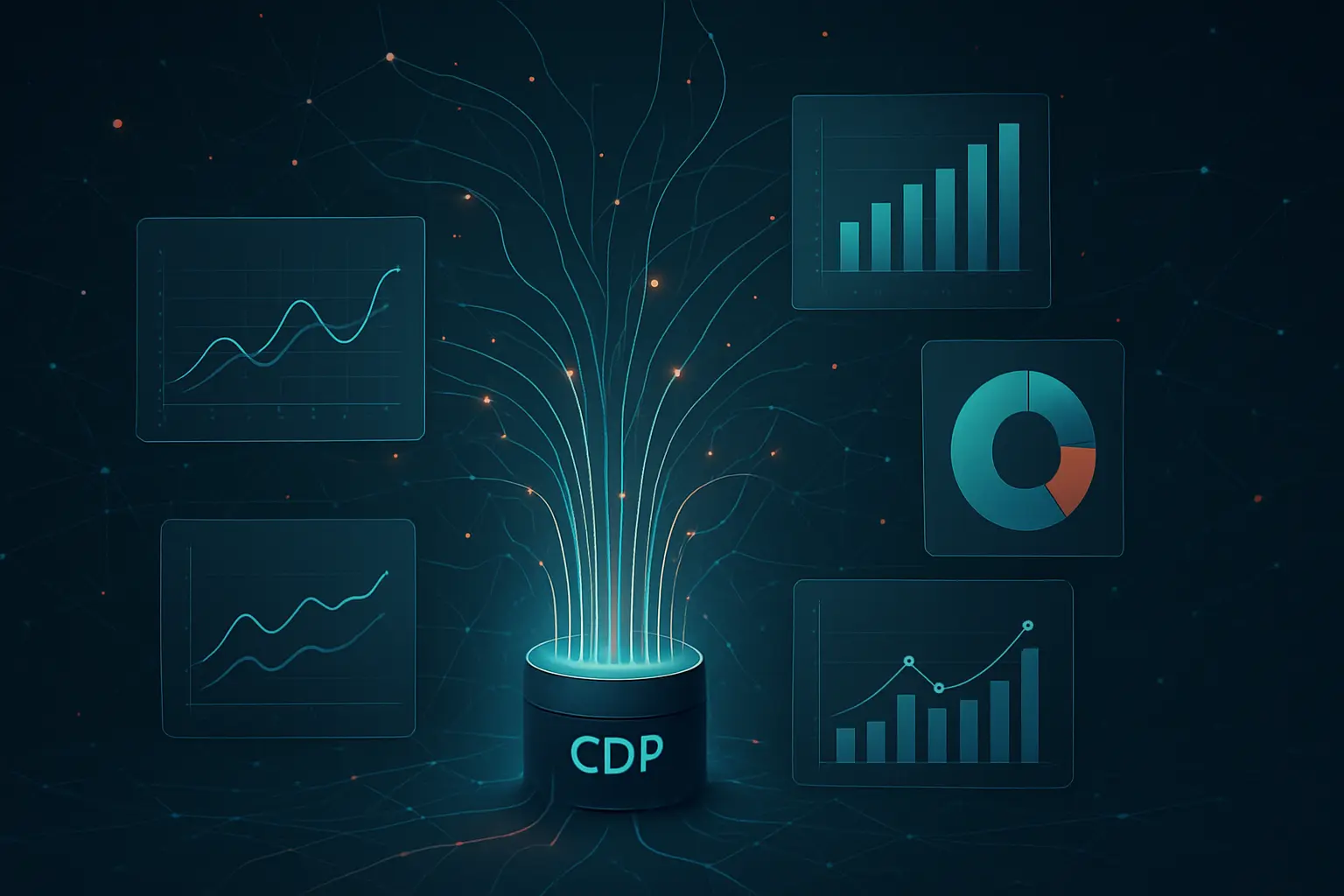Without a doubt, the one mantra that all digital marketers today must follow is “Know thy customer”.
But that’s easier said than done. For example, if you are a marketer, ask yourself this: how many times have your team members or you thought Mobile Customer Jean and Desktop Customer Jean were two different people?
That’s the challenge omnichannel shopping presents today. A customer, lead, or prospect no longer uses a single channel to browse or shop. In their online journey, they switch between various channels, including websites, social media accounts, and even different devices.
That’s why identity resolution – tying someone’s online behavior to a unique identity – has become very important.
Identity Resolution Platform
In one sentence, it means establishing a customer’s identity across all the channels they use and creating a unified view of their profile. Identity resolution means not leaving any ambiguity about a person’s identity. Going back to my example above, it means knowing fully well that Jean on the mobile who’s shopping on your e-commerce site now is the same Jean who was browsing your site on her desktop yesterday.
Importance of Identity Resolution
Omnichannel marketing presents numerous opportunities for consumers, but it also poses a challenge for retailers, particularly because no two consumers are alike. Marketers, therefore, need to be aware of the journey each customer takes to purchase across all channels, whether offline or online.
Ready to build a 360-degree view of your customers? >>>> Schedule a free consultation
Identity Resolution in Marketing
Data points, that’s the simple answer. The more you know about your customer and their habits, the better.
You need to collect and merge all available data points of Customer X to build a comprehensive profile. This includes data collected by first, second, or even third parties, although now, the latter is legally frowned upon in many parts of the globe. Once these data points are reconciled, a composite is built that provides a 360-degree view of your customer, along with their journey.
At the center of identity resolution is the identity graph, also known as the ID graph. It is a marketer’s strategic tool.
The ID graph involves plotting a customer journey against other data, such as patterns or “identifiers” for individual customers.
An ID graph lacks a standard modeling approach. During their journey, every customer gives their approval for various pieces of marketing information to be collected, including email addresses, phone numbers, and loyalty scores.
They also leave behind signals, such as the number of website visits or pages opened. This is the information that makes up one axis of the ID graph, to be matched with the identifiers on the other side.
Essentially, the ID graph is a database that is part of your customer data platform (CDP), containing all your customer profiles and their associated known identifiers.
How Does Identity Resolution Help?
First and foremost, it sucks the guesswork out of a marketing strategy. It also enables marketers to send customer-centric messages to individual customers.
Another significant outcome of customer data resolution is accurately tracking leads, prospects, or customers along their journey, thereby enabling the marketing team to present personalized offers or individual-centric content at relevant points in that journey.
Last but not least, marketers can extract much more meaningful insights from the CDP, which, in turn, helps them in better customer segmentation.
Advancements in Identity Resolution
These days, enterprises have begun deploying artificial intelligence (AI) and machine learning to achieve better matches. And, in real-time.
Real-time identity resolution involves relying on an “always-on” model, eliminating the latency associated with the batch approach.
Use Behavioral Modeling to Acquire New Customers >>> Learn more
Real-time identity resolution provides instantaneous access to a first-party identity graph, enabling the real-time exchange of customer data across platforms or devices. This means instant customer identification and marketing in the moment.
Conclusion
To be successful in marketing, there’s no doubt left that you need to adopt a customer-first approach. Management of every individual customer is the other vital component of successful marketing. For both, the start-off point is identity resolution.


